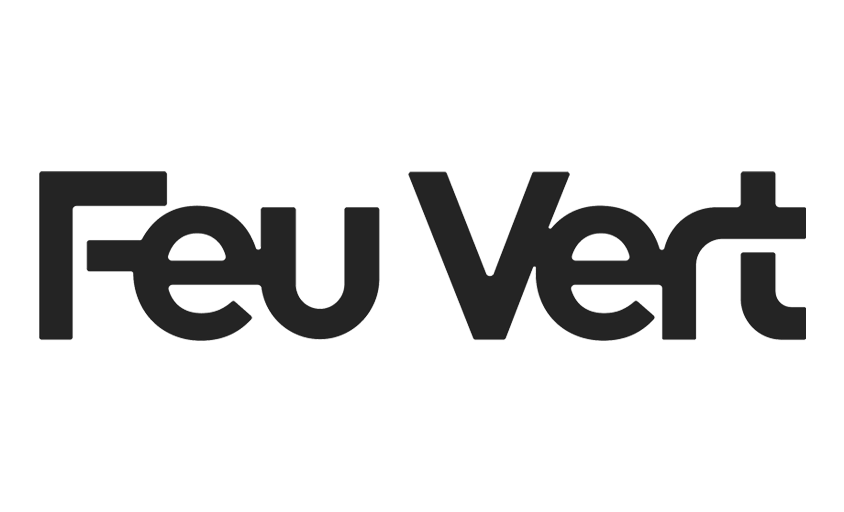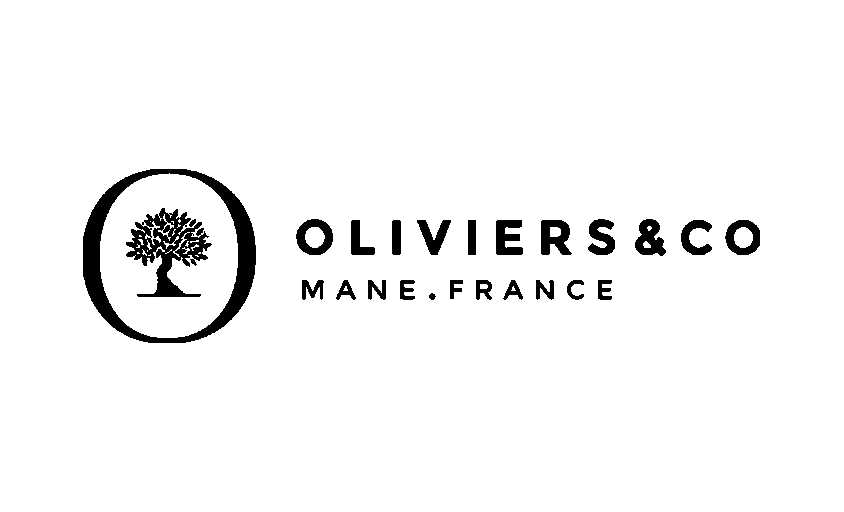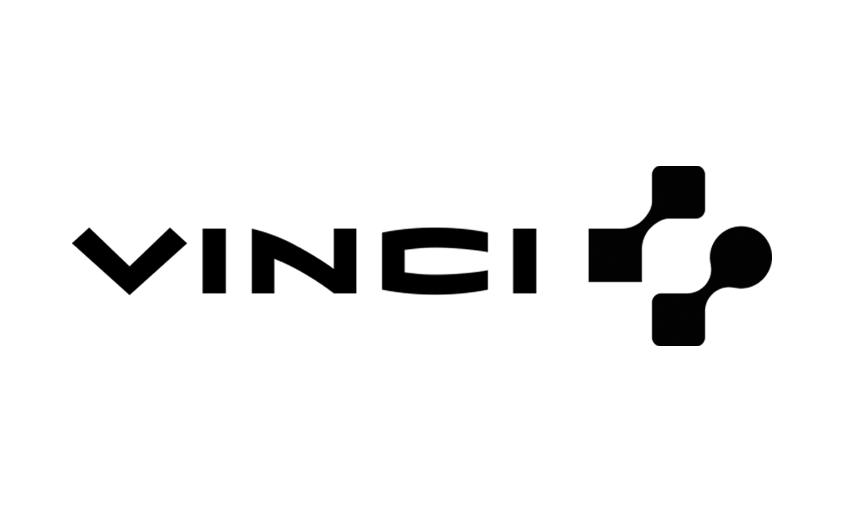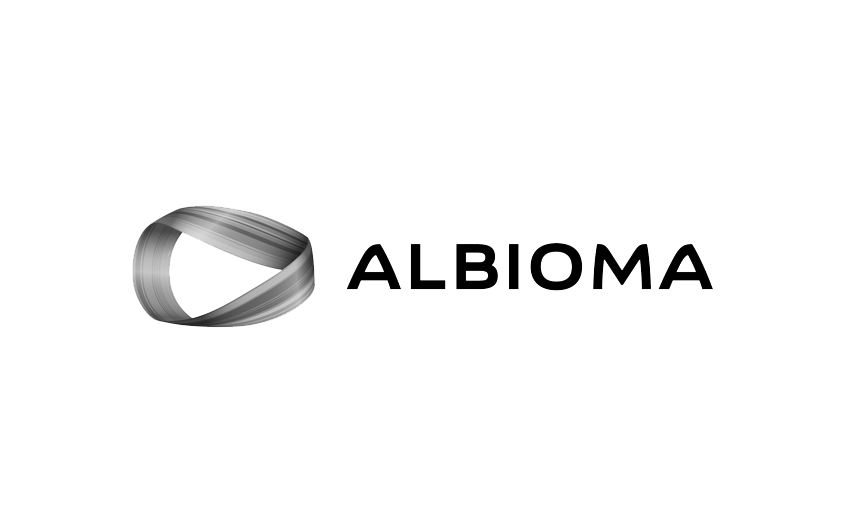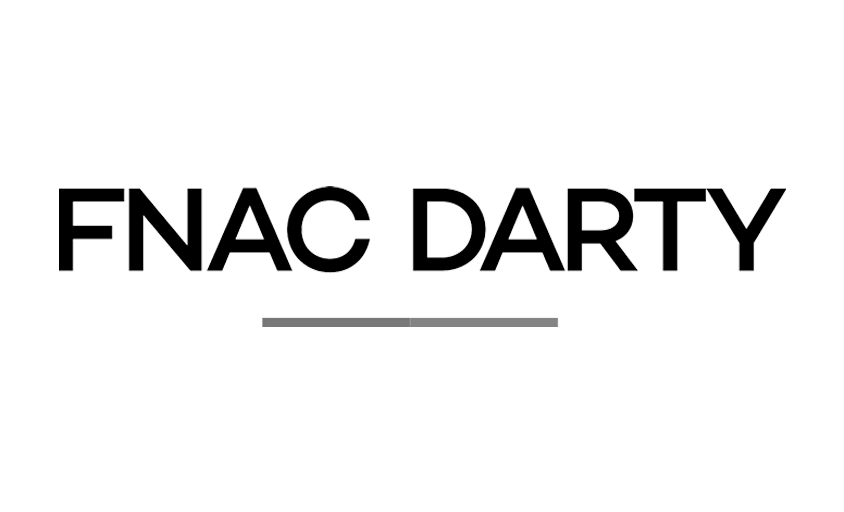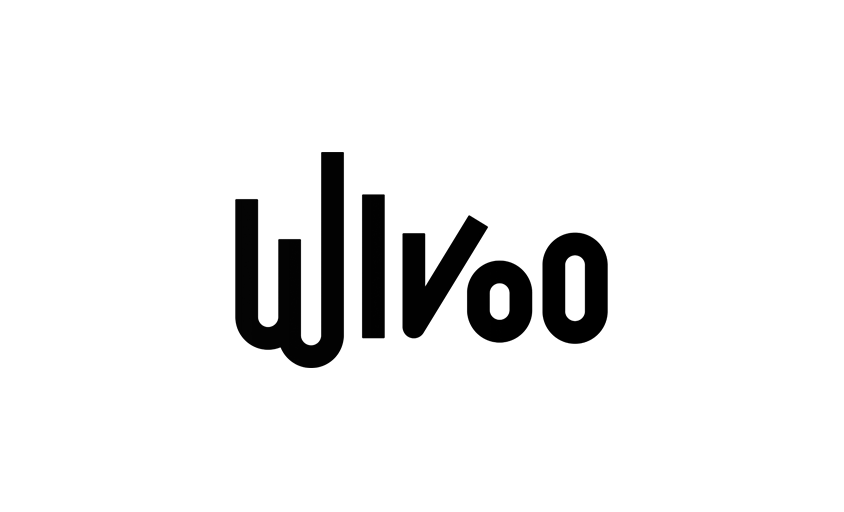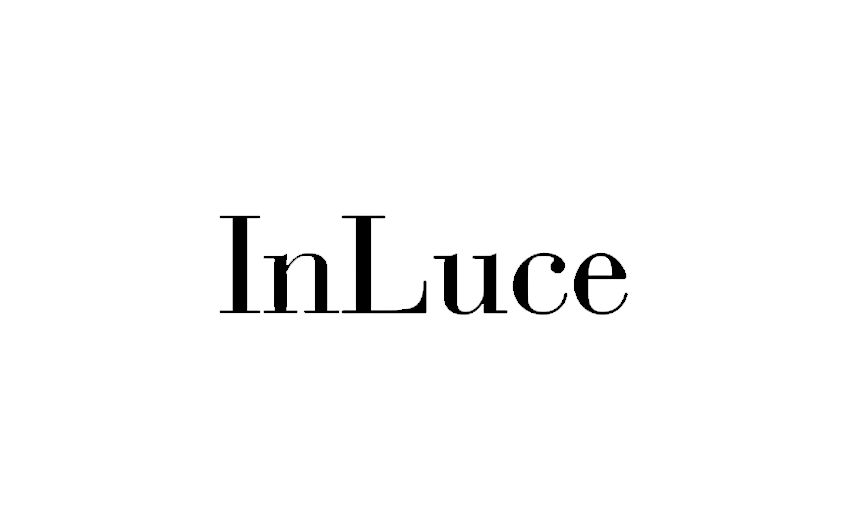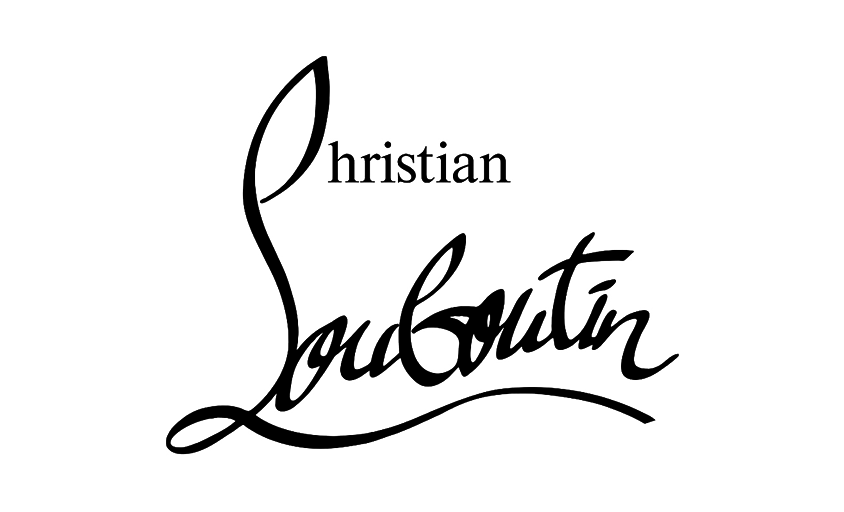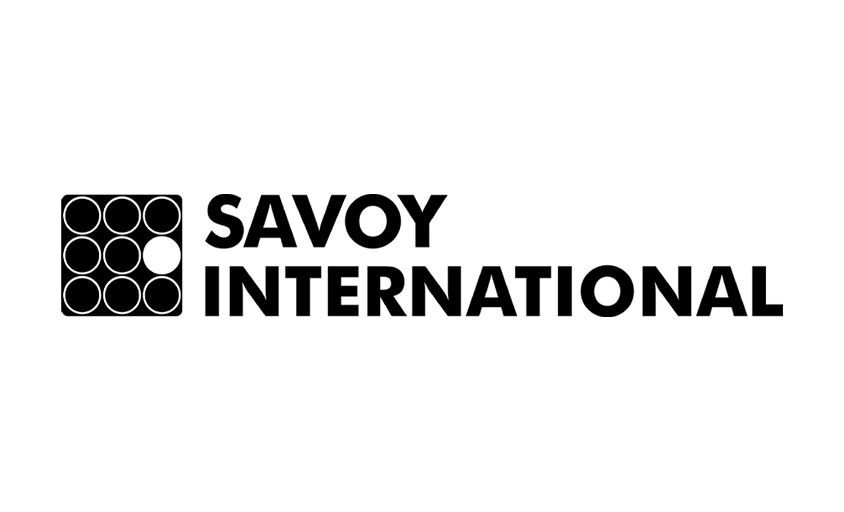Cloning and Healing Brush
In this article :
In the field of retouching, cloning and the healing brush are among the most essential tools and features for correcting imperfections and replicating precise details in your images. These techniques allow you to remove unwanted elements or duplicate textures and patterns seamlessly, ensuring a smooth continuity in the composition. When used wisely, they offer creative flexibility that helps enhance every detail and transform your photos into flawless visual works.
Optimizing Imperfection Correction
Cloning and the healing brush are particularly effective for fixing flaws, whether it’s minor skin imperfections, dust particles, or spots in the background. By selecting a clean source area, you can duplicate it over the problematic zone with remarkable precision. This technique not only removes imperfections but also preserves the texture and natural look of the image. In doing so, you enhance both the overall quality and the visual consistency of your work.
Techniques and Tips for Successful Cloning
Modern editing software provides powerful tools to make the most of cloning and the healing brush. Here are a few tips to help you master these techniques:
- Adjust brush size and opacity: Tailor these settings for a smooth, natural application that avoids harsh transitions between cloned areas and the original image.
- Use cloning on separate layers: Work on separate layers to maintain full flexibility and easily reverse adjustments without affecting the original image.
- Apply layer masks: These allow you to target specific areas and refine the final result with precision.
- Practice on varied surfaces: Working on different textures and environments helps sharpen your eye and refine your technique.
These tips will help you seamlessly integrate cloned areas into your images, ensuring a polished, professional result—while giving you space to explore your creative vision.
Creative Applications of Cloning and the Healing Brush
Beyond correcting imperfections, cloning and the healing brush open up a world of creative possibilities. You can, for example, replicate patterns to create unique textures or duplicate elements to enhance symmetry within a composition. These techniques are also useful for creative montages and for experimenting with repeated visual elements to craft original artistic effects. By exploring these creative paths, simple edits evolve into artistic experiments that can give your images a whole new dimension.
Conclusion
Cloning and the healing brush are essential tools in any retoucher’s toolkit, enabling you to correct flaws and replicate details with exceptional precision. Mastering these techniques gives you total control over every element of your image while maintaining its natural texture and authenticity. Integrating these tools into your retouching workflow offers creative flexibility that can elevate an ordinary photo into a remarkable visual piece.
Are you ready to unlock the full potential of cloning and the healing brush to refine and transform your images?
Jérémy Carlo is the editorial director at Rétines, where he ensures the consistency and clarity of all content produced by the studio.
Our Clients
Let’s discuss
What we do for you at Rétines
Meticulous work, an organised project and fast delivery. And to achieve this, we mobilise the right resources in our teams at the right time.
01
Pre-production
Artistic and technical direction tailored to the project.
Relevant recommendations on content, form and resources.
02
Photo Shooting
Photos taken by our experienced photographers.
Production that’s controlled, efficient and tailored to the needs of the project, with nothing superfluous.
03
Retouching
Technique
Photographs magnified by our retouching team.
Post-production to meet the commercial challenges of the brief.

